Increasing Energy Security
The Solid Biomass Feedstock Market is experiencing a notable surge in interest due to the increasing emphasis on energy security. Nations are seeking to diversify their energy sources to reduce dependence on fossil fuels, which are subject to volatile prices and geopolitical tensions. Biomass feedstock, derived from organic materials, offers a renewable alternative that can be locally sourced, thereby enhancing energy independence. In 2025, the biomass sector is projected to contribute significantly to the energy mix, with estimates suggesting that biomass could account for over 10% of total energy consumption in various regions. This shift not only supports sustainability goals but also stimulates local economies by creating jobs in biomass production and processing.
Environmental Sustainability Initiatives
The Solid Biomass Feedstock Market is increasingly driven by environmental sustainability initiatives. As climate change concerns escalate, there is a growing recognition of the need to reduce greenhouse gas emissions. Biomass feedstock is considered carbon-neutral, as the carbon dioxide released during combustion is offset by the carbon absorbed during the growth of the biomass. In 2025, many countries are implementing stricter regulations aimed at reducing carbon footprints, which is likely to bolster the demand for biomass as a cleaner energy source. Furthermore, the utilization of agricultural residues and waste materials in biomass production aligns with circular economy principles, promoting resource efficiency and waste reduction.
Growing Industrial Applications of Biomass
The Solid Biomass Feedstock Market is experiencing growth due to the expanding industrial applications of biomass. Industries such as manufacturing, construction, and agriculture are increasingly recognizing the benefits of using biomass as a feedstock for energy and materials. For instance, biomass can be converted into bio-based chemicals and materials, which are gaining traction as sustainable alternatives to petroleum-based products. In 2025, it is anticipated that the industrial sector will account for a significant portion of biomass consumption, with projections indicating a 20% increase in demand for biomass-derived products. This diversification of applications is likely to enhance the overall market dynamics.
Supportive Government Policies and Incentives
The Solid Biomass Feedstock Market is significantly influenced by supportive government policies and incentives aimed at promoting renewable energy sources. Many governments are implementing subsidies, tax credits, and grants to encourage the development and utilization of biomass technologies. In 2025, it is expected that these policies will continue to evolve, providing a favorable regulatory environment for biomass projects. Countries are also setting ambitious renewable energy targets, which often include specific mandates for biomass usage. This governmental support not only facilitates investment in biomass infrastructure but also fosters public-private partnerships, thereby accelerating the growth of the biomass sector.
Technological Advancements in Biomass Conversion
The Solid Biomass Feedstock Market is benefiting from rapid technological advancements in biomass conversion processes. Innovations in gasification, pyrolysis, and anaerobic digestion are enhancing the efficiency and cost-effectiveness of converting biomass into energy. These technologies are enabling the production of higher-quality biofuels and bioproducts, which are increasingly competitive with traditional fossil fuels. In 2025, the market is expected to witness a rise in the adoption of these advanced technologies, potentially increasing the overall biomass feedstock utilization rate by 15% compared to previous years. This trend not only improves the economic viability of biomass but also attracts investments in research and development.


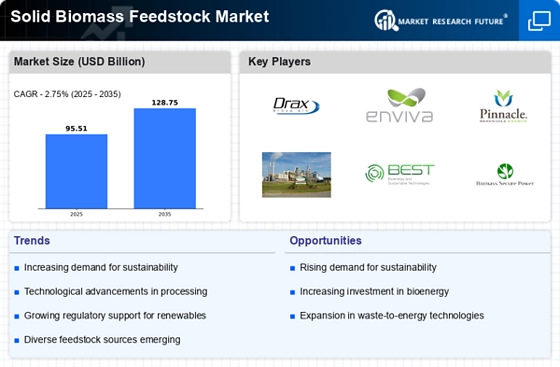
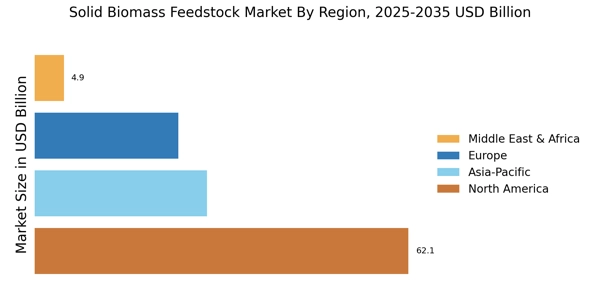
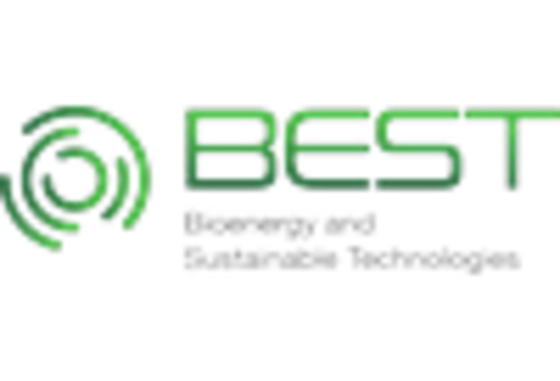



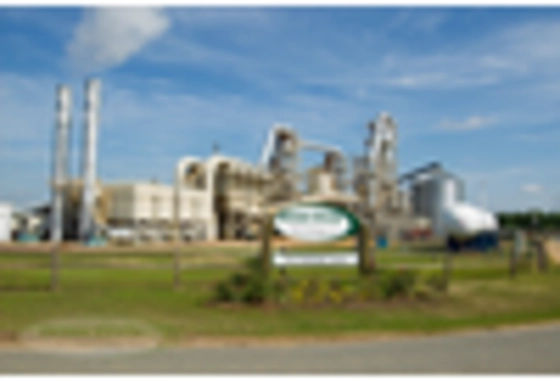
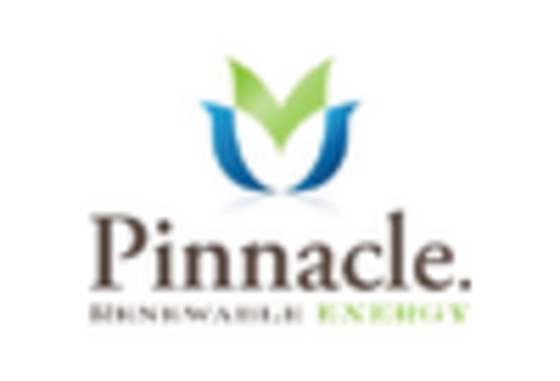








Leave a Comment